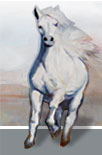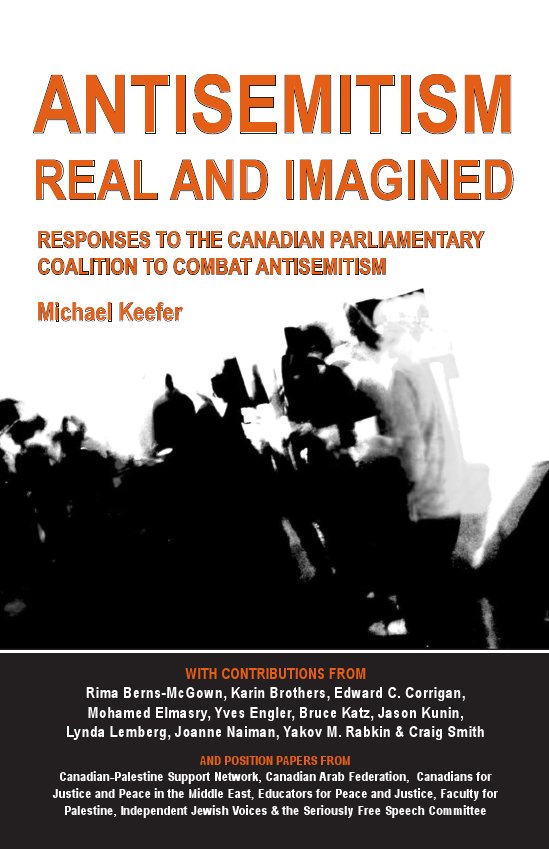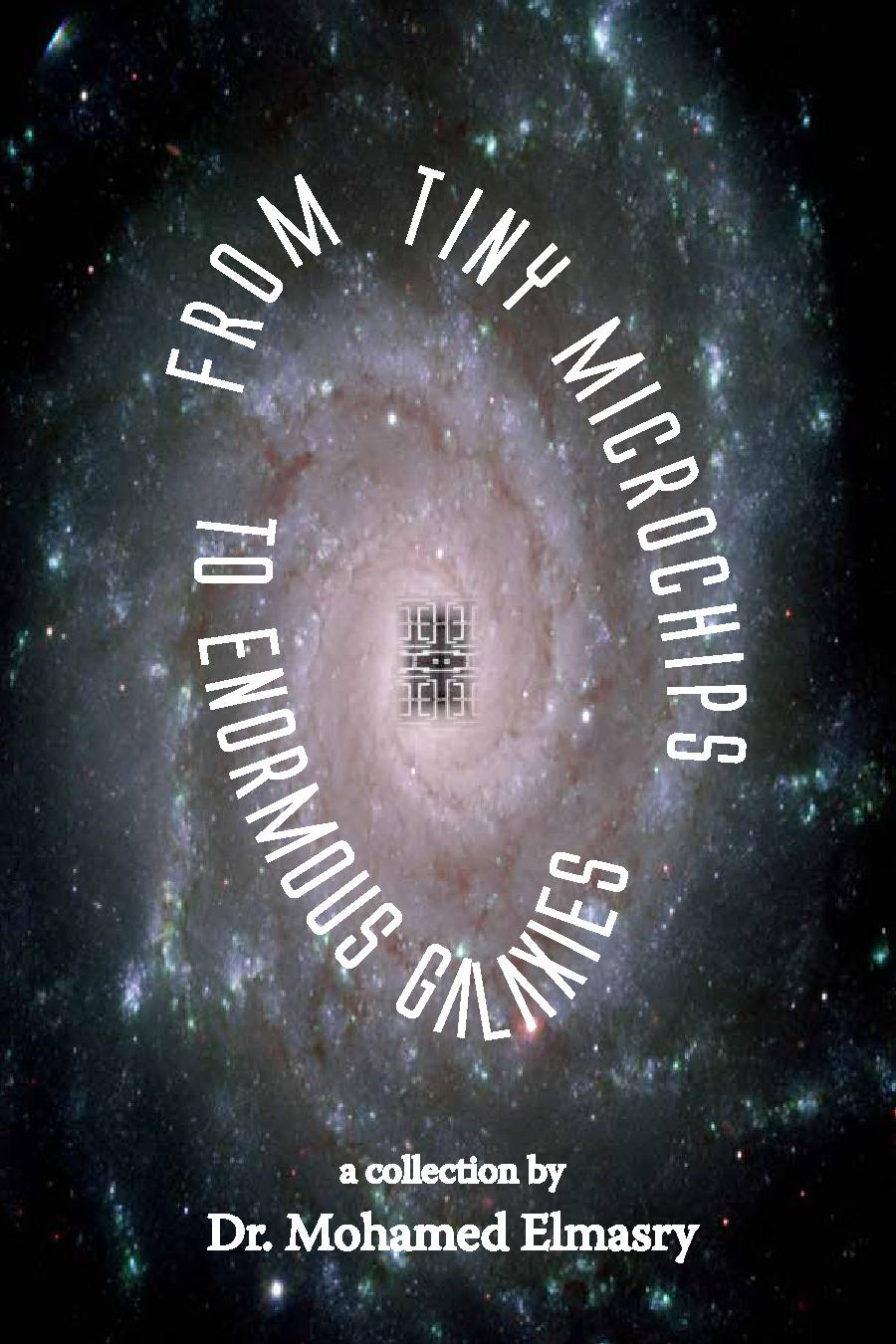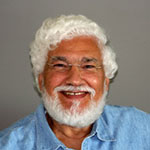June 23, 2010
Zionist Israel built on ethnic cleansing
On May 31 the world witnessed a classic example of how Israel, a state built in Palestine for Jews only, can treat anyone trying to offer aid to Palestinian natives.
Throughout the short history of this Jewish state, its Zionist governments have resorted to ethnically cleansing Palestinian natives in order to maintain the racial “purity” of their nation.
Never in human history, but especially since the Second World War, has such a massive crime of ethnic cleansing been largely hidden for so long from the scrutiny of public opinion – this despite the accelerated development of communication technology over the past half-century.
Only historians seem to know the true scope of the ethnic cleansing of native Palestinians by the Jewish state; some of them are brave Israeli Jews like Prof. Illan Pappe who published his findings in "The Ethnic Cleansing of Palestine."
Even before May 15, 1948 the new Jewish settlers in Palestine lobbied Britain to use its military and political power to rid “their” land of its indigenous population, namely native Palestinians; in fact the campaign to remove Palestinians started as far back as the 1920s.
In 1945, the British declared Emergency Law in what became Israel and used sections 109-112 of that law to exile any Palestinian who opposed discriminatory treatment by the British that favored the Jewish settlers.
Shortly after the announcement of the establishment of Israel by Zionist Jews in 1948, nearly a million (960,000) Palestinians were forced out of their homes, according to a UN report dated June 30, 1950.
And following its occupation of the West Bank and Gaza in June 1967, Israel pursued an aggressive policy to ethnically cleanse the rest of its claimed territory in Palestine.
This was clearly a war crime under both present current international law of the time, but Israel used the deceptively soft term of “transfer” to describe its brutal actions against native and indigenous people in these areas.
Another revealing book by Labib Qodsia, “Exiling Palestinians from Their Homeland 1967 – 1993,” provides detailed documentation of how Palestinians were forced into exile or “transferred” by the Jewish state.
The author includes many of their names, home cities, date of exile and even some of their photographs.
The Zionist policy of "transfer" literally meant taking people by military escort to the borders of Jordan or Egypt and dumping them there.
But those who reached exile over the border by military escort were the lucky ones. Many were dumped in the desert to find their own way into Jordan.
Arial Sharon, used to joke that while he was Defense Minister in the 1970s, the military in the Occupied West Bank would send Palestinians toward Jordan by dumping them in the middle of the desert, but only after giving them “a few dinars [coins], a loaf of bread and a white flag.”
It is not rocket science to figure out that many did not make it to safety as a result of such “humane” treatment.
During the decade-and-a-half between 1967 and 1982 Israel forced more than 300,000 Palestinians into exile through its sinister “transfer” policy, which included not only unwanted individuals, but in many cases whole families with women, the elderly and children.
On January 22, 1968 Twadod Abdulhadi, herself a senior citizen, was the first Palestinian woman sent into exile to Amman, Jordan, after being held a week in an Israeli concentration camp. But another Palestinian woman, Rasmia O’da, was imprisoned for an entire decade (1969 to 1979) before being exiled.
A decade later, the forced transfers were continuing at the same alarming pace, with women often the most vulnerable victims.
A typical example was the transfer to Jordan on August 22, 1989 of eight Palestinian mothers and their children. They were all from the village of Deer Abo Meshal, near Ramallah.
Among the youngest were Fardous Syleman, age 20, with her young baby, and Sabah Mahmoud, 23, with three young children. The oldest included Fatima Mahmoud and Ma’zoza Awad, both aged 60.
The ethnic cleansing of indigenous Palestinians from 1967 - 1993 only victimized those living in the Occupied Territories, but also included Palestinians returning home from abroad.
Raga Abdulraboo is a case in point. She lived in Abu Dhabi with her family, but returned to Gaza to marry. On May 13, 1987, immediately after the birth of her baby boy, Israel sent her to Egypt.
These numerous forced “transfers” of Palestinian natives were done by Israeli occupation forces in the middle of the night under cover of darkness and without warning.
Any resistance from a person's family was brutally quashed; in many cases, harsh fines were imposed on family members who objected to the arrest and transfer process.
Another little-known fact is that the Zionists’ ethnic cleansing of the Occupied West Bank and Gaza did not differentiate between Muslims or Christians – both were seen as a threat to the only-for-Jews policy adopted by Israel.
Thus in 1967, the exiles included Anglican minister Rev. Alyia Khury and Greek Orthodox priest Rev. Alydon Kobohe, along with the Muslim Sheik, Abdulhameed Alsayeh.
When Jordan, Egypt and Syria announced that their refugee resources were exhausted and they could no longer accept any more forced transfers of native Palestinians, Israel started to send them instead into Lebanon.
Israel’s ethic cleansing program has left destruction in its wake throughout areas that were once centuries-old Palestinian communities.
After a given area has been ethnically cleansed, the Israeli military blows up the vacated homes in order to terrorize the remaining population.
During its first year of West Bank occupation, Israel demolished more than 3,000 homes; between 1967and1985 at least another 13,000 were destroyed in Gaza.
But sadly, only historians seem to know or care about this criminal history of Zionist ethnic cleansing – and too few are brave enough to write about it in the public forum.








